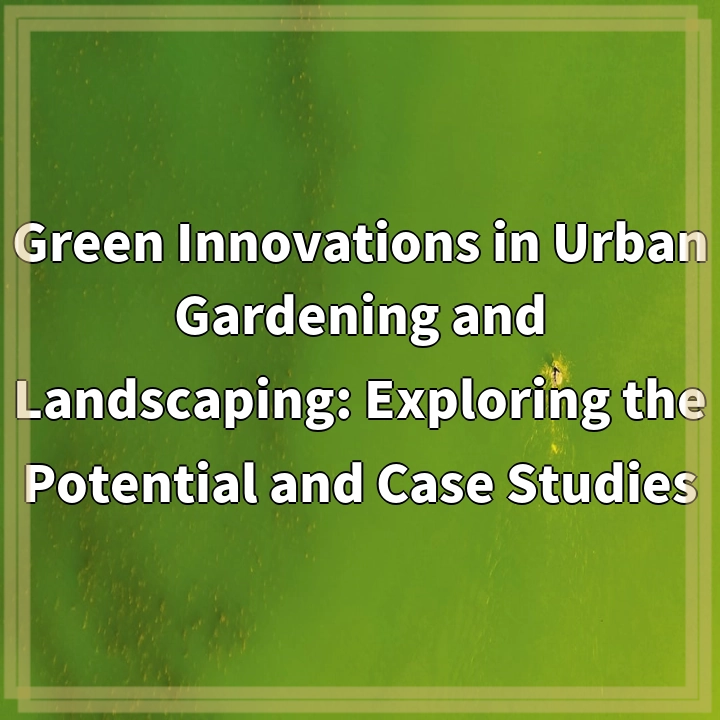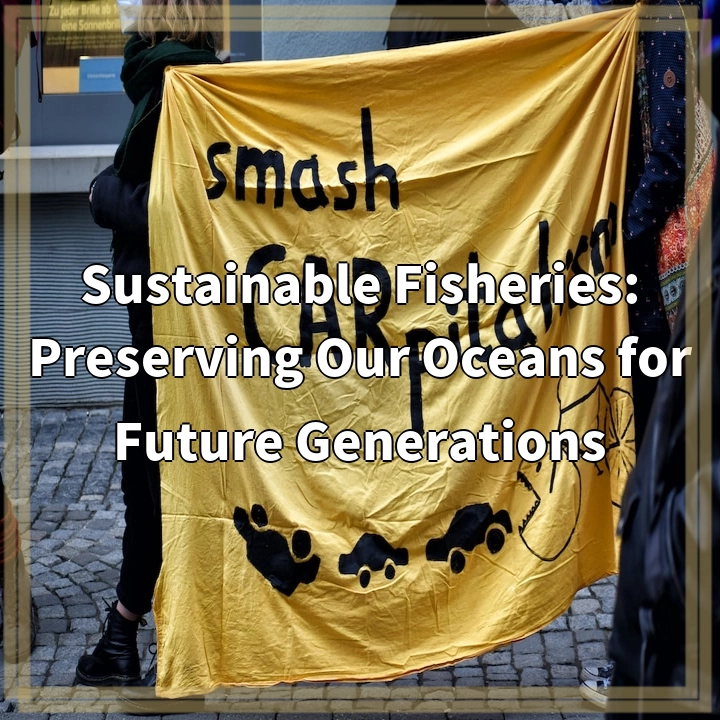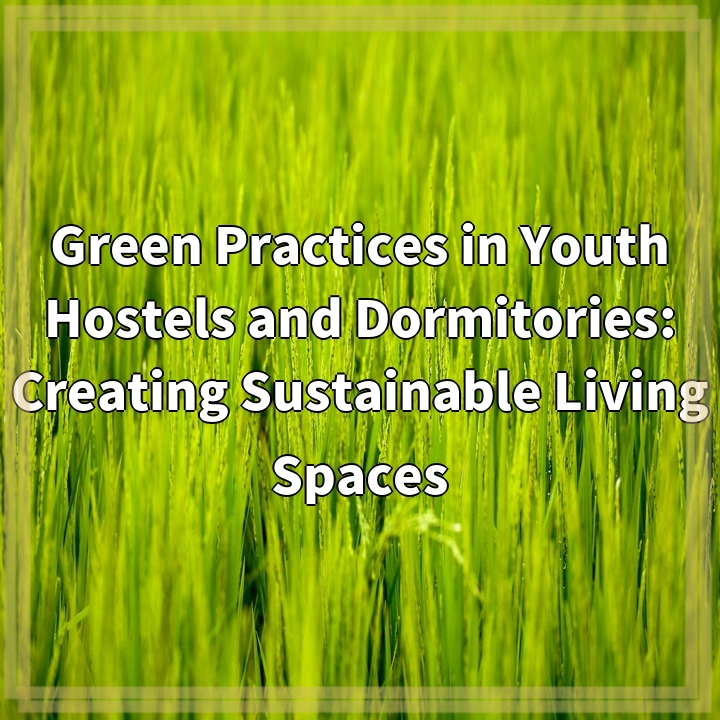
What it is:
Green innovations in urban gardening and landscaping are innovative practices and techniques aimed at creating environmentally sustainable and aesthetically pleasing green spaces within urban areas. These innovations prioritize the use of sustainable materials, water conservation, energy efficiency, waste reduction, and biodiversity conservation.
Real-World Problems:
1. Limited space:
One of the major challenges in urban gardening and landscaping is the limited availability of space. Urban areas are often characterized by high population density and lack of open land. This poses a challenge for individuals and communities looking to create green spaces for gardening and landscaping.
2. Soil quality:
Urban environments are often plagued by poor soil quality due to factors such as contamination, compaction, and lack of necessary nutrients. This makes it difficult for plants to grow and thrive, impacting the success of urban gardening and landscaping efforts.
3. Water scarcity:
In many urban areas, water scarcity is a pressing issue. With limited water resources, it becomes challenging to maintain and sustain urban gardens and landscapes. This necessitates the development and implementation of innovative irrigation systems and water conservation techniques.
4. Pollution and air quality:
Urban areas often suffer from high levels of pollution and poor air quality due to vehicular emissions, industrial activities, and other sources. These pollutants can have adverse effects on plants, affecting their growth and overall health. Incorporating innovative green technologies that address air pollution can contribute to creating healthier urban green spaces.
5. Biodiversity loss:
Urbanization has contributed to the loss of natural habitats and a decline in biodiversity. Urban gardening and landscaping practices can play a crucial role in supporting and promoting biodiversity within cities. However, the challenge lies in creating habitats that attract and support a diverse range of plant and animal species.
6. Community engagement:
Engaging the urban community in gardening and landscaping initiatives can be a challenge. Lack of awareness, limited participation, and maintaining long-term community involvement can hinder the sustainability and success of green projects.
Addressing these real-world problems requires innovative solutions and a multidisciplinary approach. Through exploring and implementing green innovations in urban gardening and landscaping, we have the opportunity to create sustainable and vibrant green spaces that enhance the quality of urban life.

Solutions for Green Innovations in Urban Gardening and Landscaping:
1. Vertical and container gardening:
Utilizing vertical space and containers can help overcome limited space challenges in urban areas. By growing plants vertically on walls or rooftops and using containers, individuals can maximize their gardening potential even with limited ground space.
2. Soil improvement techniques:
To combat poor soil quality, innovative techniques such as composting, soil amendment, and hydroponics can be employed. These methods help replenish soil nutrients and create healthier conditions for plant growth.
3. Water-efficient systems:
Implementing water-efficient systems like drip irrigation, rainwater harvesting, and greywater recycling can address water scarcity issues. These systems optimize water usage, reducing water waste and ensuring sustainable irrigation for urban gardens and landscapes.
4. Green infrastructure for air quality:
Green innovations that target air pollution include the use of air-filtering plants and the introduction of green infrastructure, such as green walls and green roofs, which help absorb and filter pollutants. These strategies contribute to improving air quality within urban environments.
5. Building biodiversity-friendly spaces:
To promote biodiversity, it is important to incorporate a variety of native plants, provide habitat elements like bird feeders and insect hotels, and create wildlife-friendly corridors within urban areas. These practices support diverse ecosystems and contribute to the conservation of urban biodiversity.
6. Community involvement and education:
Engaging and educating the community is crucial for the success and sustainability of urban gardening and landscaping projects. Offering workshops, organizing community events, and providing resources and support can encourage participation and foster a sense of responsibility among community members.
By implementing these solutions, we can overcome the challenges associated with urban gardening and landscaping. These green innovations have the potential to transform urban spaces into sustainable, biodiverse, and community-driven environments.















